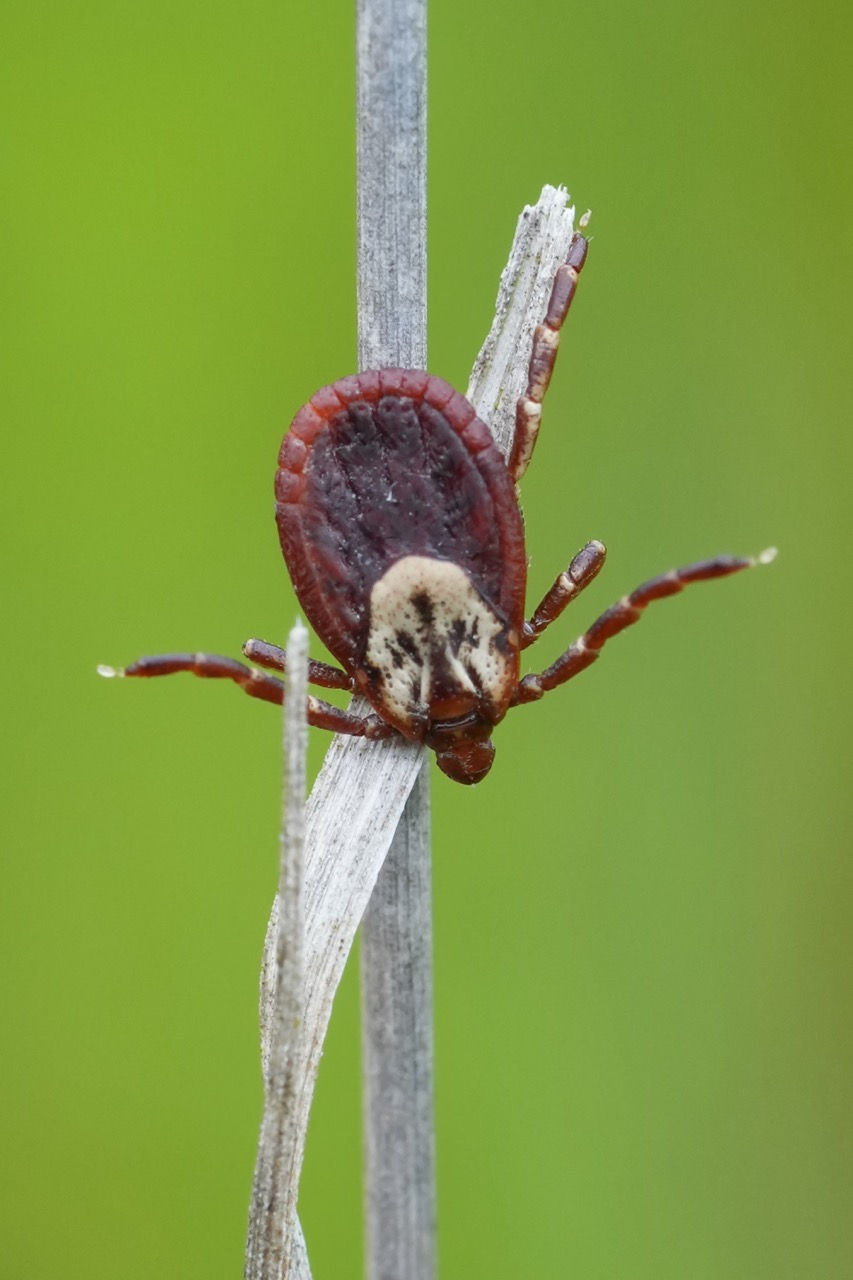You Should Know This About Ticks
- Dean Cranney
- Jul 12
- 2 min read
Whether you’re hiking in the forest or camping along the river, or just enjoying your backyard, tick awareness is essential. These tiny parasites are more than just a nuisance—they can transmit serious diseases.
Why Ticks Matter in the Inland Northwest
Ticks thrive in grassy, brushy, and wooded areas. The Inland Northwest, with its blend of forested trails and agricultural land, is a prime habitat. The most common tick species here include the American dog tick and the Rocky Mountain wood tick. Both can transmit illnesses such as Rocky Mountain spotted fever and tularemia. Although Lyme disease is more prevalent in other regions like the Northeast, occasional cases have been reported in Washington and Idaho.

When is Tick Season?
Tick activity spikes in spring and early summer (April through July), although mild falls can extend their season. During this period, outdoor activities are at their peak, increasing the risk of exposure.

How Ticks Spread Disease
Ticks attach to skin and feed on blood. In doing so, they can transmit pathogens. Some infections may take hours to days to transfer, which is why early detection and removal are so important. Common symptoms after a tick bite include fever, rash, fatigue, or muscle aches. If you or your child develops these within 1-2 weeks of a tick bite, contact your healthcare provider.

Prevention Tips for Families
Dress smart. Wear long sleeves, pants tucked into socks, and light-colored clothing to spot ticks easily.
Use repellent. EPA-registered repellents like DEET, picaridin, or permethrin-treated clothing can be highly effective.
Stay on trails. Avoid walking through tall grasses and dense vegetation.
Do a tick check. After being outdoors, thoroughly check everyone (and pets!) for ticks—especially around ears, scalp, waistbands, and behind knees.
Shower soon. A shower within 2 hours of coming indoors can help remove unattached ticks.

How to Safely Remove a Tick
Use fine-tipped tweezers to grasp the tick as close to the skin as possible. Pull upward with steady pressure. Do not twist or jerk. After removal, clean the bite area with soap and water or rubbing alcohol. Save the tick in a sealed bag or container in case symptoms develop and identification becomes necessary.
What to Watch For
Watch for symptoms such as:
Fever or chills
Rash or redness around the bite
Muscle aches or fatigue
Headache
Most tick-borne illnesses can be treated with antibiotics if caught early, so don’t delay seeking medical advice if symptoms appear.
Conclusion
Living in the Inland Northwest means having access to incredible outdoor experiences. By taking a few simple precautions, families can enjoy everything this region has to offer while staying safe from ticks. Dr. Cranny encourages parents to stay informed, be proactive, and reach out with any concerns.




Joy in my life today is that I have been cured from Herpes by Dr.zubby nature treatment. I was infected with HERPES virus in 2019, i went to many hospitals for a cure but there was no solution, so I was thinking how can I get a solution, so that my body can be okay. I got Zubby natural treatment from his website,
https://drzubbysolutionhom.wixsite.com/website
And today I am happily sharing this because I am cured.
Dr Zubby